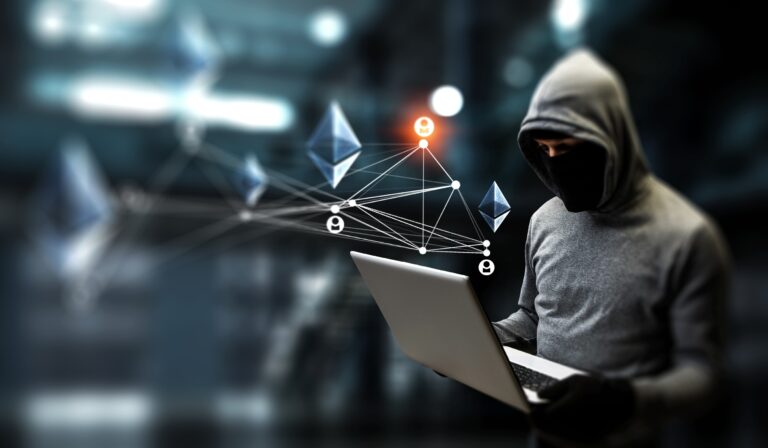Cybersecurity is always changing, and it’s important for everyone to stay informed about new emerging threats and attack vectors. Let’s break this down into simpler terms to understand it better.

New Threats:
AI-Driven Attacks:
Some attackers use Artificial Intelligence (AI) to understand security systems better. This helps them find weak spots more easily and design smarter attacks.
5G Network Weak Points:
5G makes our communication faster and more efficient, but it also brings new weak points. Attackers aim to take advantage of these to intercept important information.
Deepfakes & Fake Media:
Deepfakes are becoming a big problem. They allow attackers to make very realistic fake videos, photos, and audio, which can be used to impersonate people and manipulate what others think.
Attacks through Suppliers:
Some attackers target suppliers or service providers to get to their customers. This is tricky because it allows attackers to get around the organization’s direct security measures.
Ways Attackers Get In:
Attacks on the Cloud:
Many organizations use cloud services, and attackers are finding ways to exploit weak points in these services through user mistakes and insecure interfaces.
Phishing and Tricks:
Phishing is still a common way for attackers to get in. They trick users into giving away sensitive information or installing harmful software.
Exploiting Unknown Weak Points:
Attackers find and use unknown weak points, getting into systems before the weak points can be fixed, making these attacks highly effective.
Attacks on IoT Devices:
With more Internet of Things (IoT) devices, attackers have new opportunities to access systems through devices with poor security.
How to Protect Ourselves:
Protecting your information from emerging threats and attack vectors starts with small things you can do yourself. It’s crucial to update software regularly to protect systems from known weak points. Educating people about the risks of phishing and other tricks can reduce the risk of successful attacks. Using advanced tools to understand new threats and putting strong network security measures in place can protect against different ways attackers get in. Using multi-factor authentication gives an extra layer of security.
Staying informed and using smart cybersecurity practices are important in protecting against the many different threats out there. Using an expert cybersecurity firm like ByteTime will keep your information safe and keep you informed with ways to continually be aware of the ever-changing cybersecurity landscape.
